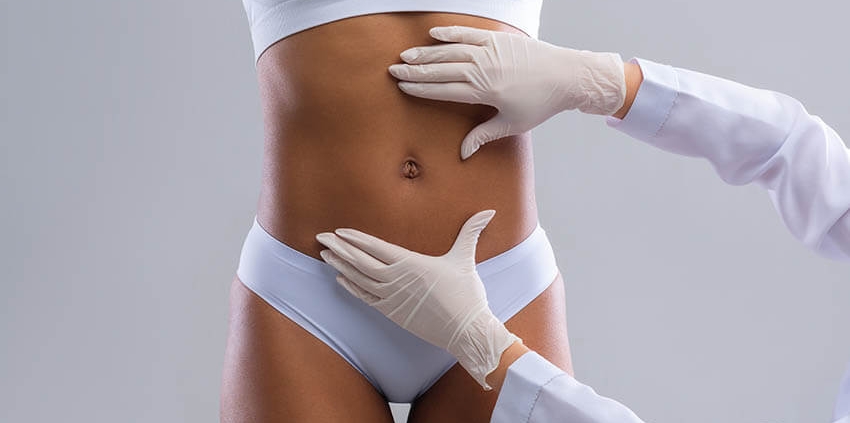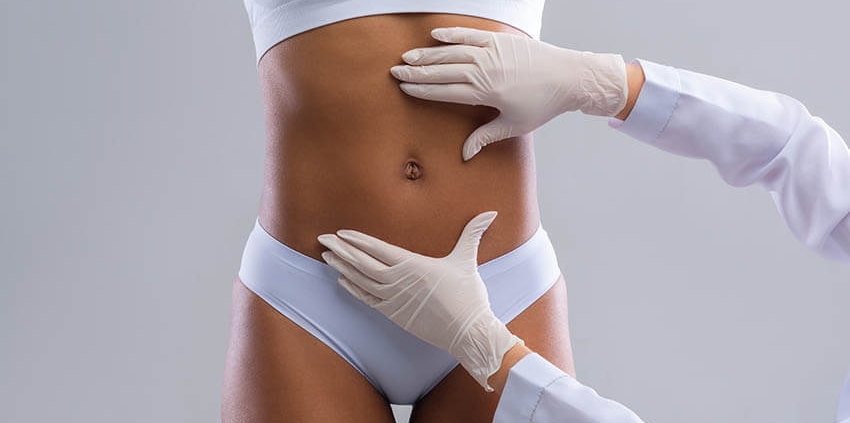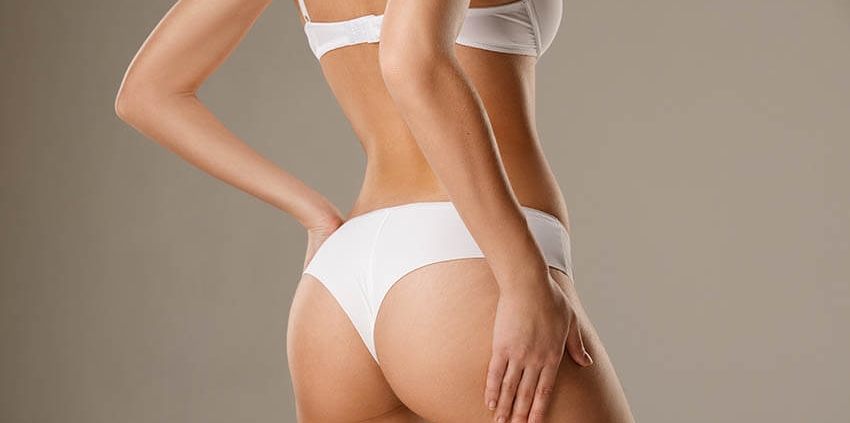Breast implants have been popular for decades. However, the trend for having larger breasts has started to decrease in recent years. These days, surgeons tend to focus on producing more natural results. That being said, many women decide at some point in their lives to have their implants removed.
So, why is breast implant removal so popular? Here, we’ll look at some of the main reasons why you might be considering breast implant removal.
Reasons for breast implant removal: you’re starting a family
If you’re planning on starting a family, having your implants removed could be a personal and practical choice. Celebrity Chrissie Teigen has recently revealed her own decision to remove her implants after becoming a mum. Her reasons were that they no longer fitted her new lifestyle and she felt they were too big.
Starting a family is a big milestone and it does change your priorities. It can also pose issues with breastfeeding in some cases, so it could be a practical step having them removed.
Reasons for breast implant removal: you don’t want future surgeries
Many women have no idea when they first get breast implants, that they require future surgeries to maintain them. While most breast implants should last 10-15 years, some do tend to start failing before that. Future surgeries maintain the look and replace the implants when needed.
If you no longer want to undergo surgery on your breasts having your implants removed is a good idea.
Reasons for breast implant removal: You want to achieve a more natural look
Breast implants today are a lot more natural than they once were. So, if you underwent breast augmentation years ago, your breasts may not look particularly natural. Having them removed would be the best way to return to a more natural look. This is the biggest reason older women choose to have their implants removed.
Reasons for breast implant removal: safety concerns
Of course, for some patients having their implants removed is based more on safety concerns. There has been some media coverage in recent years over the safety of different types of implants. For some patients, simply having them removed before they create any issues is a logical move.
What you need to understand is that the risks of breast implants are very minimal today. It is highly unlikely your implants will cause significant safety concerns. However, if you are worried having them removed is a relatively straightforward procedure.
Reasons for breast implant removal: enhanced comfort
Finally, having breast implants removed can provide enhanced comfort. Over time, bigger breasts can cause back and neck troubles. The extra weight can become uncomfortable and stop you from carrying out specific types of exercise. You may also find they affect what clothes you feel comfortable wearing.
These are just some of the biggest reason’s women choose to have their breast implants removed, but a breast implant removal procedure is often more complex than just removing the implants. Mr Nigel Horlock may need to perform further surgery to reshape the breast to produce the optimal results. In some cases, a breast uplift is also performed alongside the breast implant removal. This can help to improve the aesthetics and reduce the likelihood of dropping. Fat transfer involves taking fat from another area of the body and inserting it into the breast and can produce a more natural breast enhancement.
Call us on 02380 764969 to find out more about breast implant removal.












